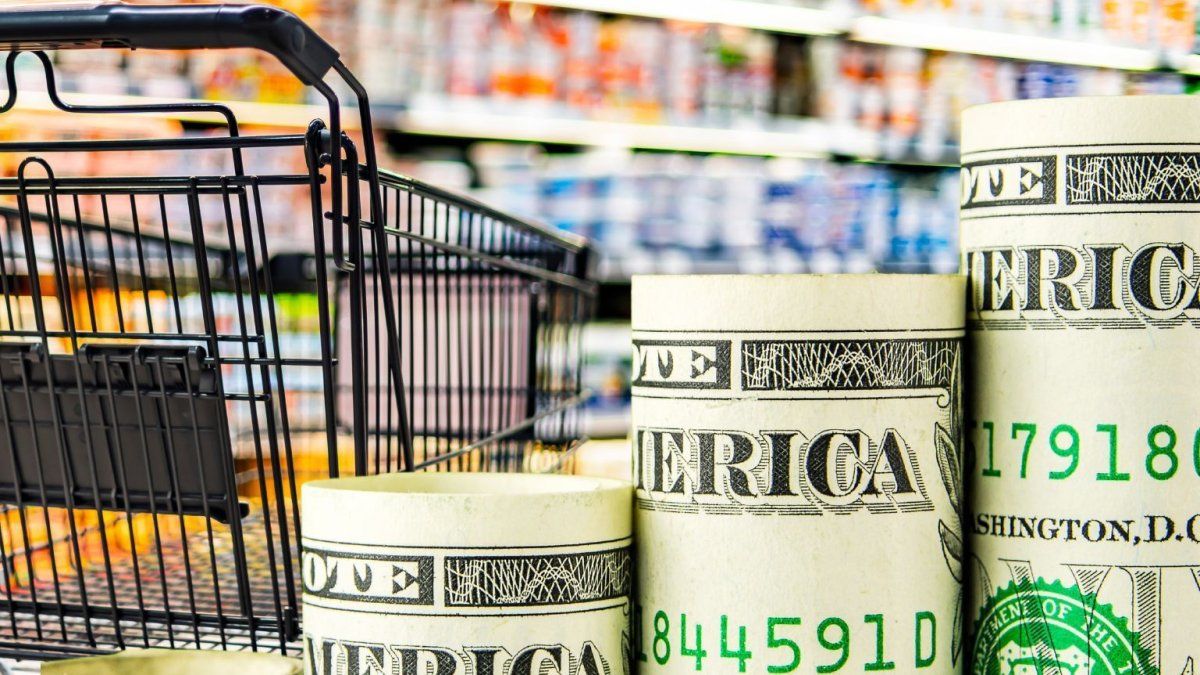Banks and savings banks have recognized climate and environmental protection as a megatrend. The number of initiatives in the financial sector is huge. Pressure also comes from customers.
According to a survey, two thirds of bank customers in Germany would like their house bank to be more committed to climate and environmental protection. Among young people between the ages of 16 and 24, the proportion of those who request this is even ten percentage points higher at 77 percent.
“Banks should take the call for a stronger ecological and social orientation, which can be heard across all sections of the population, very seriously,” warned study director Matthias Mocha from Eurogroup Consulting (EGC).
There are now numerous efforts in the financial sector on the subject of climate protection. In April 2021, for example, the “Net-Zero Banking Alliance” was launched, in which banks around the world strive to reduce their emissions of the greenhouse gas carbon dioxide (CO2) as much as possible. Commerzbank and Deutsche Bank from Germany as well as Germany’s largest alternative bank GLS were there from the start.
Deutsche Bank and Commerzbank have also set their own goals for climate and environmental protection. The savings banks in Germany also want to help ensure that less CO2 is emitted and that overall management is more environmentally friendly. Environmental and climate protectors regularly doubt that such voluntary commitments are sufficient.
The participants in the survey also see room for improvement in the financial sector, despite the greater emphasis on criteria such as the environment, social issues and good corporate governance (ESG for short): Across all banking groups, around 40 percent of those surveyed take “in” at their bank or savings bank When it comes to sustainability, nothing is true ».
Institutions that do not position themselves more sustainably or that create the impression of “greenwashing” among their customers run the risk of losing a number of customers, according to the survey: 13 percent of the 1250 respondents said they would “definitely” be the house bank change, 41 percent are at least considering such a step.
However, the majority of those surveyed are not prepared to pay a surcharge for particularly sustainable financial products: 27 percent tend not to want this, and 24 percent definitely do not. 38 percent would “under certain circumstances” be willing to do so. A mere 11 percent stated in the survey that they would “definitely” pay an extra charge – for example for an investment in regional eco-projects.
New framework conditions in the European Union have given the trend towards “green” investments a further boost. On March 10, 2021, the so-called Sustainable Finance Disclosure Regulation (SFDR) came into force, according to which financial products are classified according to their sustainability. Further steps at the European level are planned.
In a joint study published last week, the consulting firm PwC and Morningstar found that almost a third (32 percent) of all European fund assets are now classified as sustainable within the meaning of the Disclosure Ordinance. “However, when it comes to classifying their offers, the fund companies still proceed very differently,” the study says.
The alternative bank Triodos recently criticized the fact that in many cases fund providers had used the EU guidelines to give conventional products a “green” coat of paint without significantly changing the content. The alternative bank criticized that it was “more like greenwashing”.
Jane Stock is a technology author, who has written for 24 Hours World. She writes about the latest in technology news and trends, and is always on the lookout for new and innovative ways to improve his audience’s experience.




